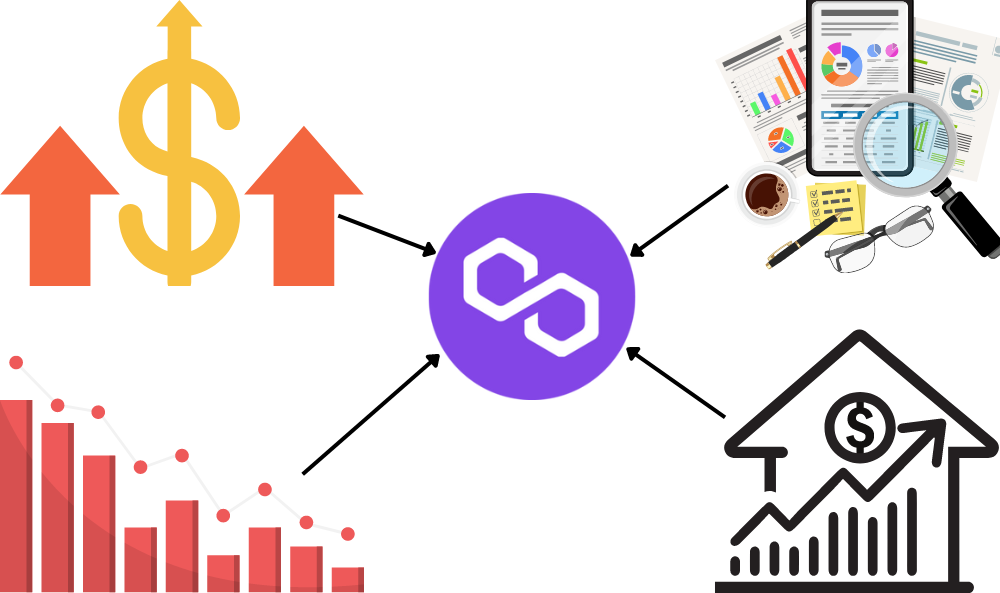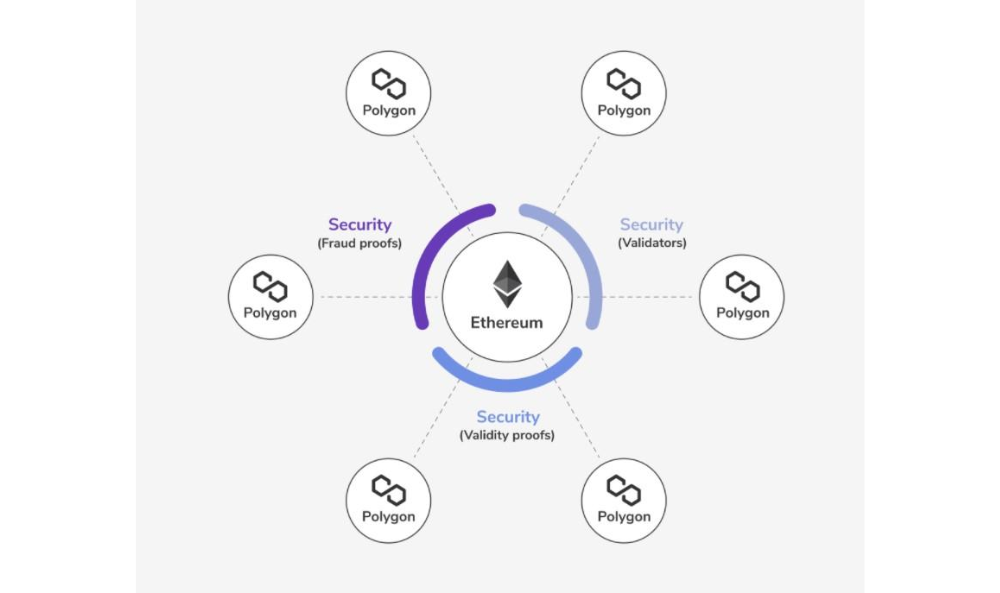Cryptocurrencies have become a focal point in the financial world, with numerous projects offering innovative solutions to various issues. Among these projects, Polygon has emerged as a prominent player in the blockchain space. In this article, we will delve into Polygon’s technology, its meteoric rise, and conduct a detailed price analysis to understand its potential as an investment.
Contents
What is Polygon?
Polygon, formerly known as Matic Network, is a layer 2 scaling solution for Ethereum, aimed at enhancing its performance and usability. It addresses the scalability issues faced by Ethereum, allowing it to process transactions faster and at a lower cost. Polygon achieves this by employing a Proof-of-Stake consensus mechanism, reducing the need for intensive mining.
Polygon’s Technology Stack
Polygon boasts a robust technology stack that includes various components such as the Plasma framework, the POS Chain, and the Security Chain. The Plasma framework facilitates fast and secure transactions by leveraging Ethereum’s security. The POS Chain operates as the backbone of the Polygon network, and the Security Chain provides an additional layer of protection.
The Rise of Polygon
Over the past year, Polygon has experienced a significant surge in popularity and adoption. Its technology has attracted a myriad of decentralized applications (dApps), particularly from the DeFi and NFT sectors. This influx of dApps has contributed to the network’s growing transaction volume and user base.
Price Analysis
Factors Influencing Price
Several factors play a crucial role in determining Polygon’s price. Market sentiment, technological developments, network activity, and the overall performance of the cryptocurrency market are some key influencers.
Historical Price Trends
Examining Polygon’s historical price trends can provide valuable insights into its past performance and behavior during various market conditions. Understanding its price patterns can assist in making informed investment decisions.

Recent Developments
Recent updates and partnerships significantly impact Polygon’s price. News of collaborations with prominent projects or advancements in the network’s technology can lead to price fluctuations.
Future Price Predictions
Predicting the future price of any cryptocurrency is a complex task, but examining the project’s fundamentals, adoption rate, and the market’s overall trajectory can offer some indications of its potential future value.
Benefits of Investing in Polygon
Scalability and Speed
Polygon’s ability to process transactions faster and at a lower cost than Ethereum makes it an attractive option for users and developers alike. This scalability is a crucial factor in driving its adoption.

DeFi and NFT Integration
The integration of DeFi protocols and NFT marketplaces with Polygon has significantly expanded its use cases, attracting more users to the ecosystem.
Community and Development
Polygon’s active community and consistent development efforts contribute to its resilience and adaptability in a rapidly evolving blockchain landscape.
Risks and Challenges
As with any investment, there are risks associated with Polygon. Market volatility, regulatory uncertainties, and competition from other projects are some challenges that investors must consider.
How to Buy Polygon
Investing in Polygon is a straightforward process. Users can purchase it from various cryptocurrency exchanges using fiat currency or other cryptocurrencies.
How to Store Polygon
After acquiring Polygon, it is essential to store it securely. Utilizing hardware wallets or non-custodial wallets ensures the safety of your assets.
Conclusion
Polygon’s rise to prominence within the blockchain industry is evident, driven by its innovative technology and expanding ecosystem. As an investor, understanding the factors influencing its price and the benefits it offers is crucial for making well-informed decisions.
FAQs
While Polygon shows promising potential, all investments carry inherent risks. Conduct thorough research before investing.
Polygon is a layer 2 scaling solution for Ethereum, enhancing its scalability and usability, while Ethereum remains a decentralized blockchain platform.
Polygon’s transaction fees are significantly lower compared to Ethereum, making it an attractive option for users.
Polygon leverages Ethereum’s security through its Plasma framework and employs a Proof-of-Stake consensus mechanism.
Yes, Polygon’s integration with various NFT marketplaces has made it a popular choice for NFT transactions.
Fintech-Insight is dedicated to delivering unbiased and dependable insights into cryptocurrency, finance, trading, and stocks. However, we must clarify that we don't offer financial advice, and we strongly recommend users to perform their own research and due diligence.
